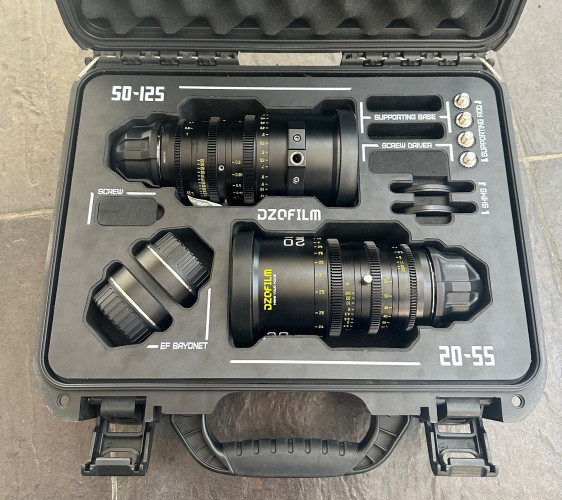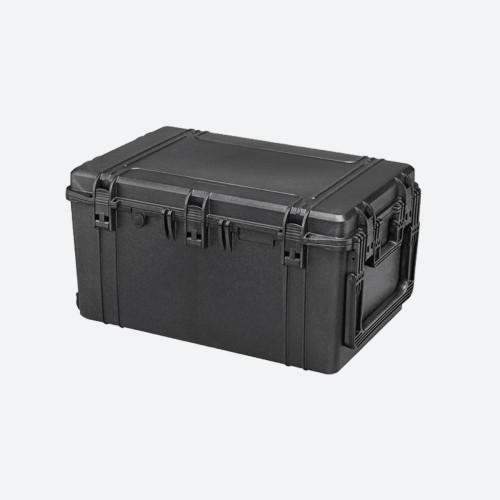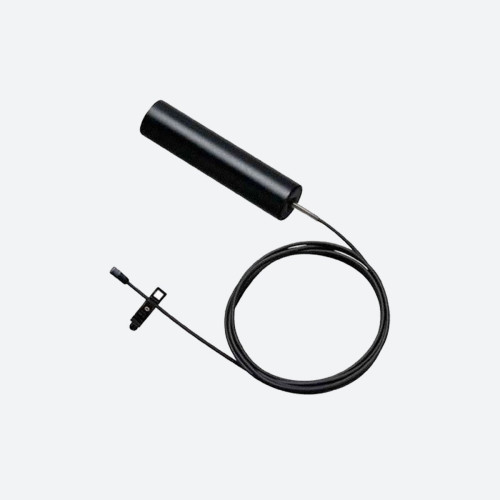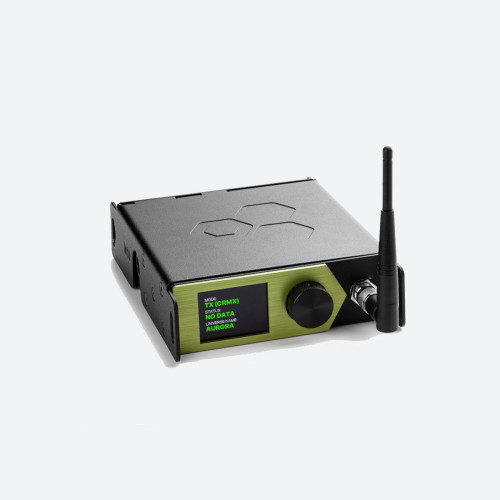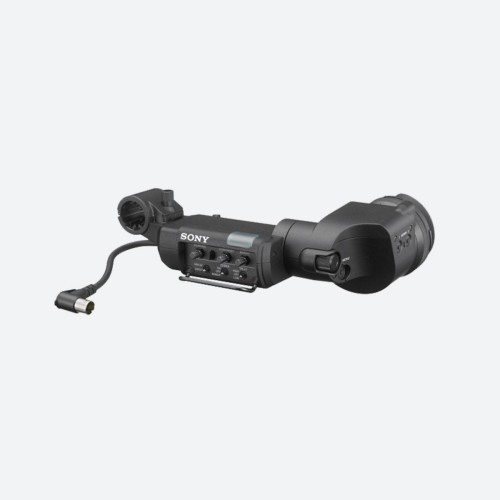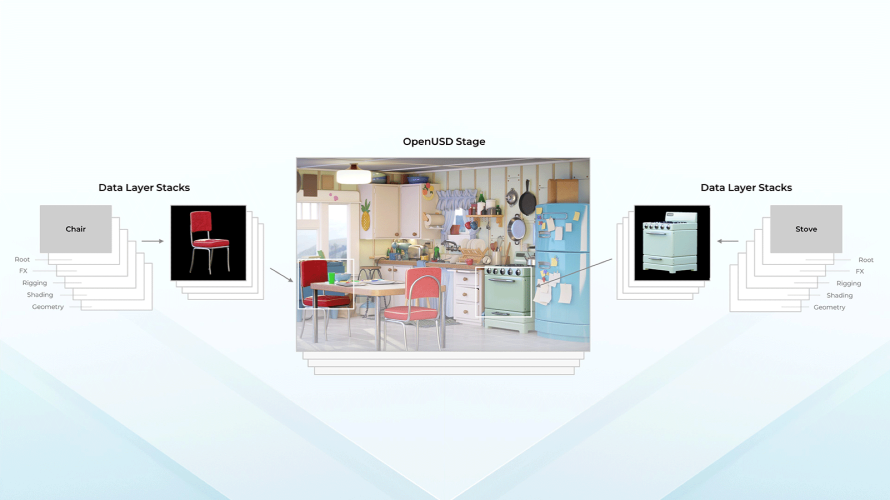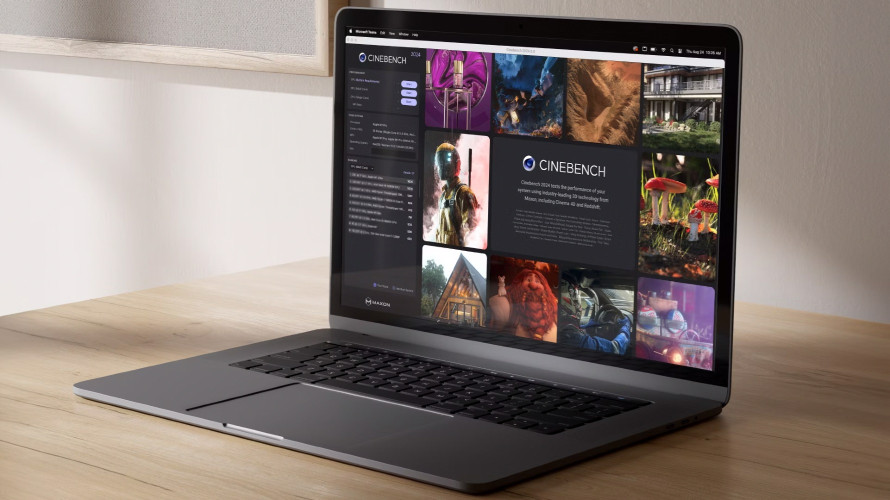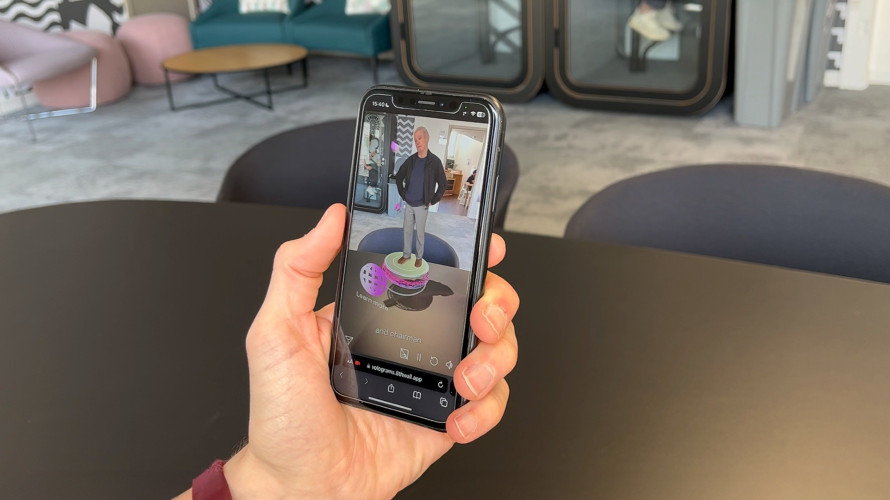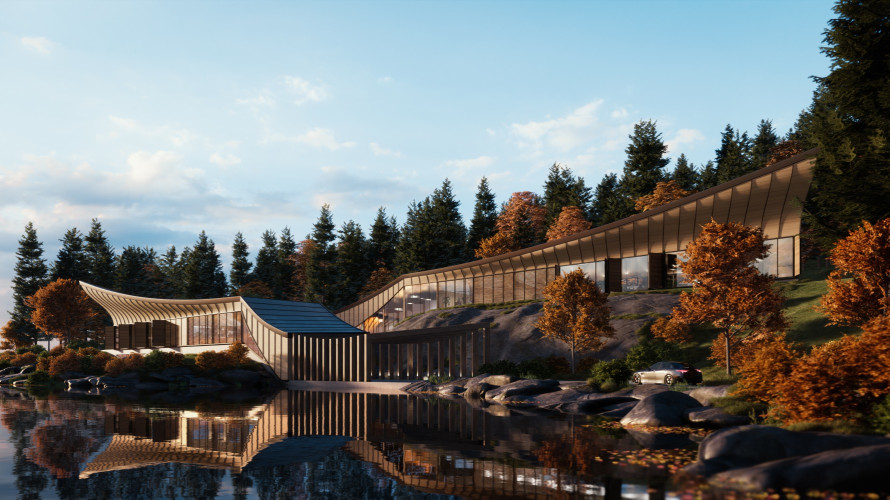Capturing a slice of the 3D market

Author: Bob Pank#
Published 1st December 2011
The capture card is an essential bit of hardware glue that connects the professional TV studio world to the IT world of the modern high-performance PC.A bewildering range of models and options are offered. Some features are poorly specified or not even mentioned in the product specs. Where there is analogue to digital conversion going on, you really want to know if it is linear, monotonic and with no missing codes, plus the signal to noise ratio. More importantly in today's HD-SDI-centric world, what the return loss is on the BNC sockets. Very few cards actually even have the input and output sockets labelled or colour-coded. This can make connection something of a nightmare where cards can sport two, three, four, five or even eight sockets.
Many facilities have to cope with frequent changes in video format and frame rate. At least one major manufacturer’s cards and devices give no indication of the input format if it is incorrectly set and has no automatic set-up when it changes; others do. Another poorly specified feature is duplex operation. Many cards have both inputs and outputs present. Not all models support simultaneous use (duplex) of these facilities.
If you are running applications under Windows, there is an underlying plug-and-play framework for video interconnectivity called DirectShow provided (free) by Microsoft. Where an application uses DirectShow it means that a ‘card’ with a DirectShow driver provided by its manufacturers will usually automatically just work. Sadly some applications do not use this method and therefore have to be specifically tailored to interface to a particular card. This is why some apps do not support all possible makes and types card.
Personal experience has shown that many manufacturers do not always properly support the DirectShow interface with the card-specific driver they supply. This is particularly true in 3D where at least two major makers offer cards supposedly for 3D that do not currently work for dual stream operation or have other deficiencies. The way round this is to write card-specific front-end software to make each model work correctly.
The Cel-Scope3D stereoscopic analyser application uses DirectShow and so interfaces to most appropriate models of capture card. For those cards that lack a lot of the bells & whistles, it has a card-specific front end interfaces giving the widest possible user choice.



